Focal points are vital elements in garden design. They are just as useful, even when the landscape is quite stark, such as in the Queensland outback!
Here is an outline of focal points and how to use them, along with a pictoral summary of some epic sculptures in the Queensland outback.
About focal points in garden design
What are focal points
Focal points are places in the garden that draw your eye. They cause you to focus for a moment during a visual sweep of a scene and even orient you in that direction. Focal points enhance a garden and give it a dimensionality beyond the plants. This aspect of garden design is very personal and tends to evolve over time as the garden evolves and matures.
Lines intersecting in a garden often creates a perfect focal point. Here, when our eyes travel the line and reach the intersection, they pause and rest. This presents an opportunity to place an ornament or other element at that point of intersection.
A second natural focus point is where a path disappears around a corner or a row of shrubs.
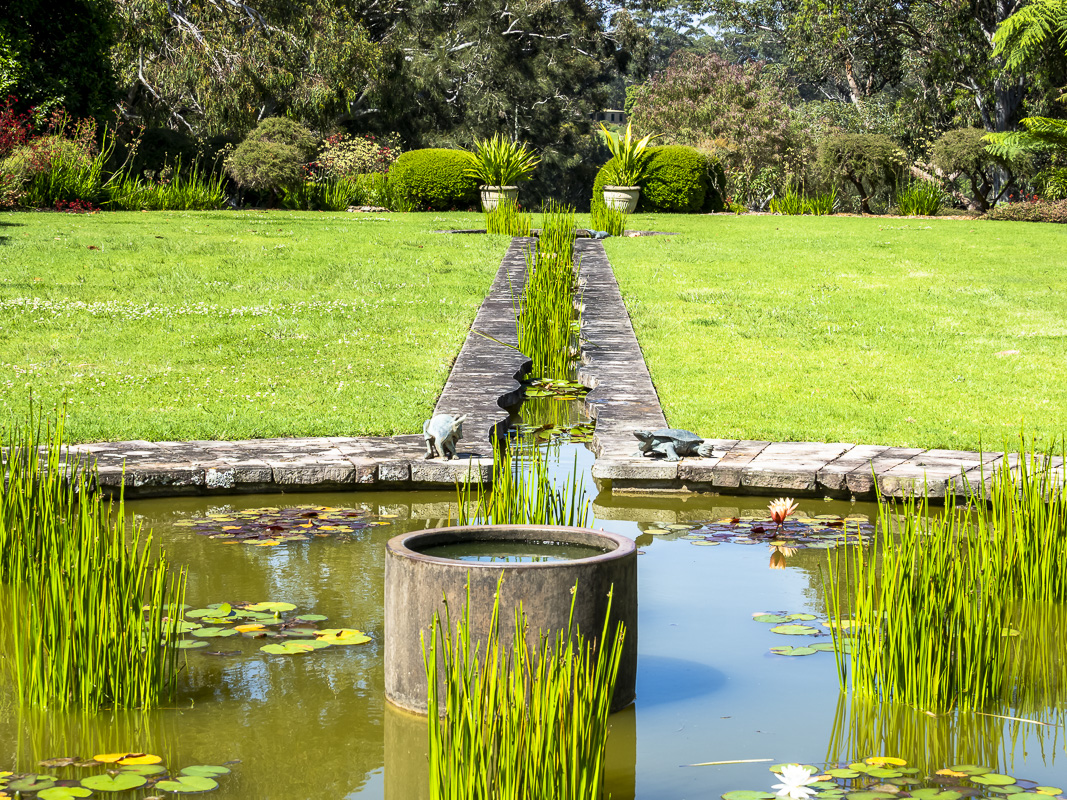
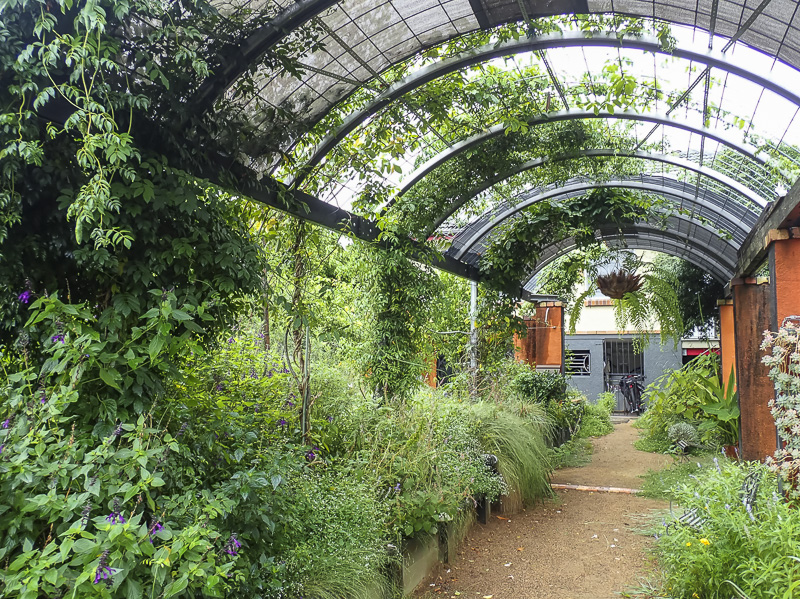
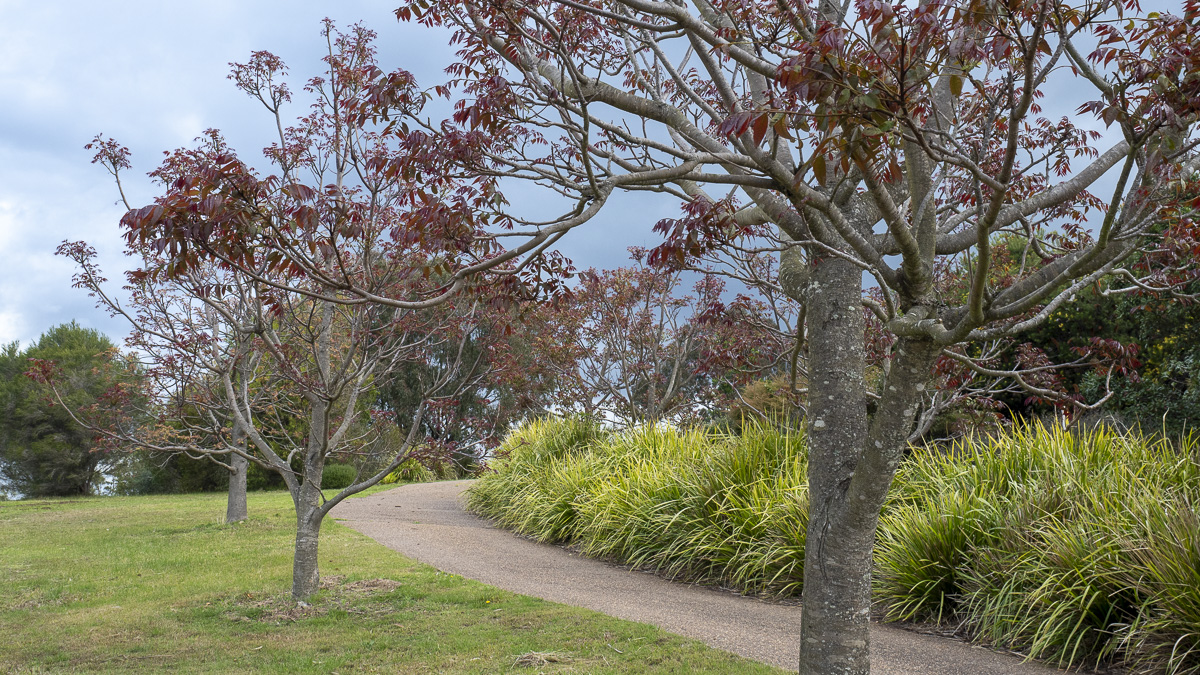

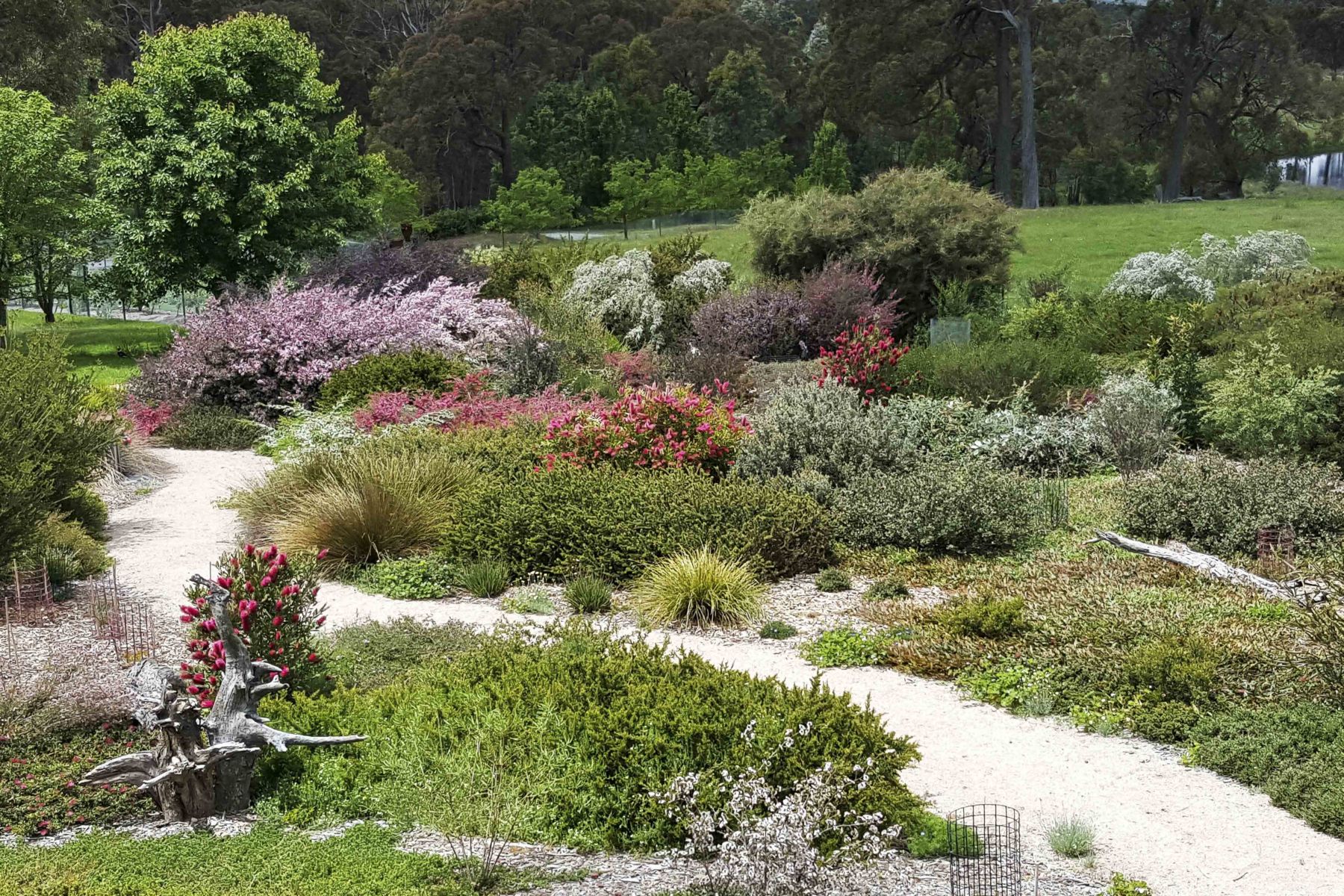
The challenge with focal points in garden design
The challenge with focal points is to choose your spots. There may be many natural focal points in any garden. The challenge is to choose the most effective ones to draw people through the garden.
Don’t forget that the neighbour’s shed can also act as an unwanted focal point!
What to use for focal points
Furniture, sculptures, ornaments, containers and lighting can act as focal points in the garden.
Many of these ornaments derived from garden styles of the past, including the Roman, Greek, Egyptian, French, Italian and English classical gardens. They left a legacy of statues, funtains and sundials, birdbaths, seats, arches and wells. The Japanese gardens gift us with the simplicity of a raked path and pebbles with carefully placed stones and rocks, along with bridges and pergolas. Rills, paving, tiles come from Islamic and ancient gardens, where water and keeping cool were the priority.
Many of these elements can successfully be incorporated into Australian gardens. The trick is to use colours, textures, materials and style sympathetic to the style of the garden and plants. They will happily create a beautiful juxtaposition with the plants and add impact in the garden.
Travelling the country in search of focal points
I recently drove around the amazing 200km Lake Dunn sculpture trail out west near Barcaldine, with over 40 unique sculptures highlighted against the flat sandy landscape. The sculptures showcase outback elements and life, from emu families to jackaroos.Images by Lawrie Smith.

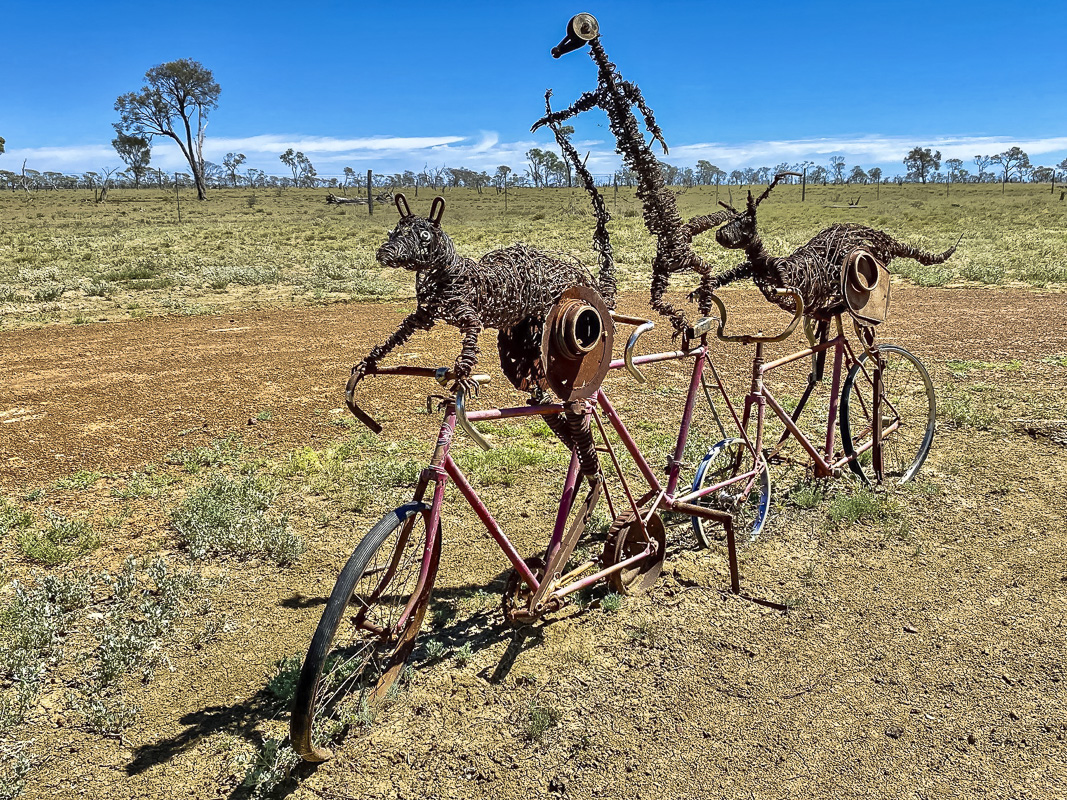


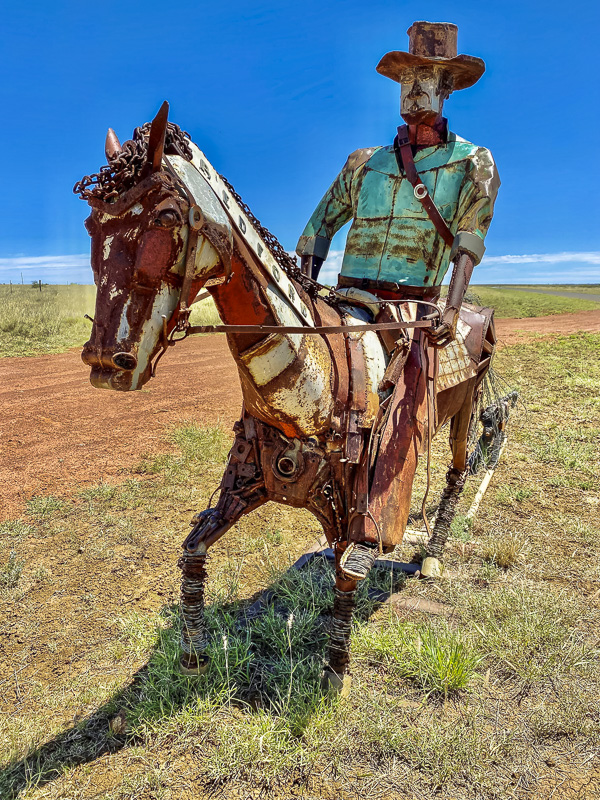
The sculptures were created by local artist, Milynda Rogers, who lives on a cattle property along the route. Milynda ran out of room to place her sculptures, and as a consequence placed them on the side of the road. And from there, the trail began.
 Australian Native Plants Society (Australia)
Australian Native Plants Society (Australia)